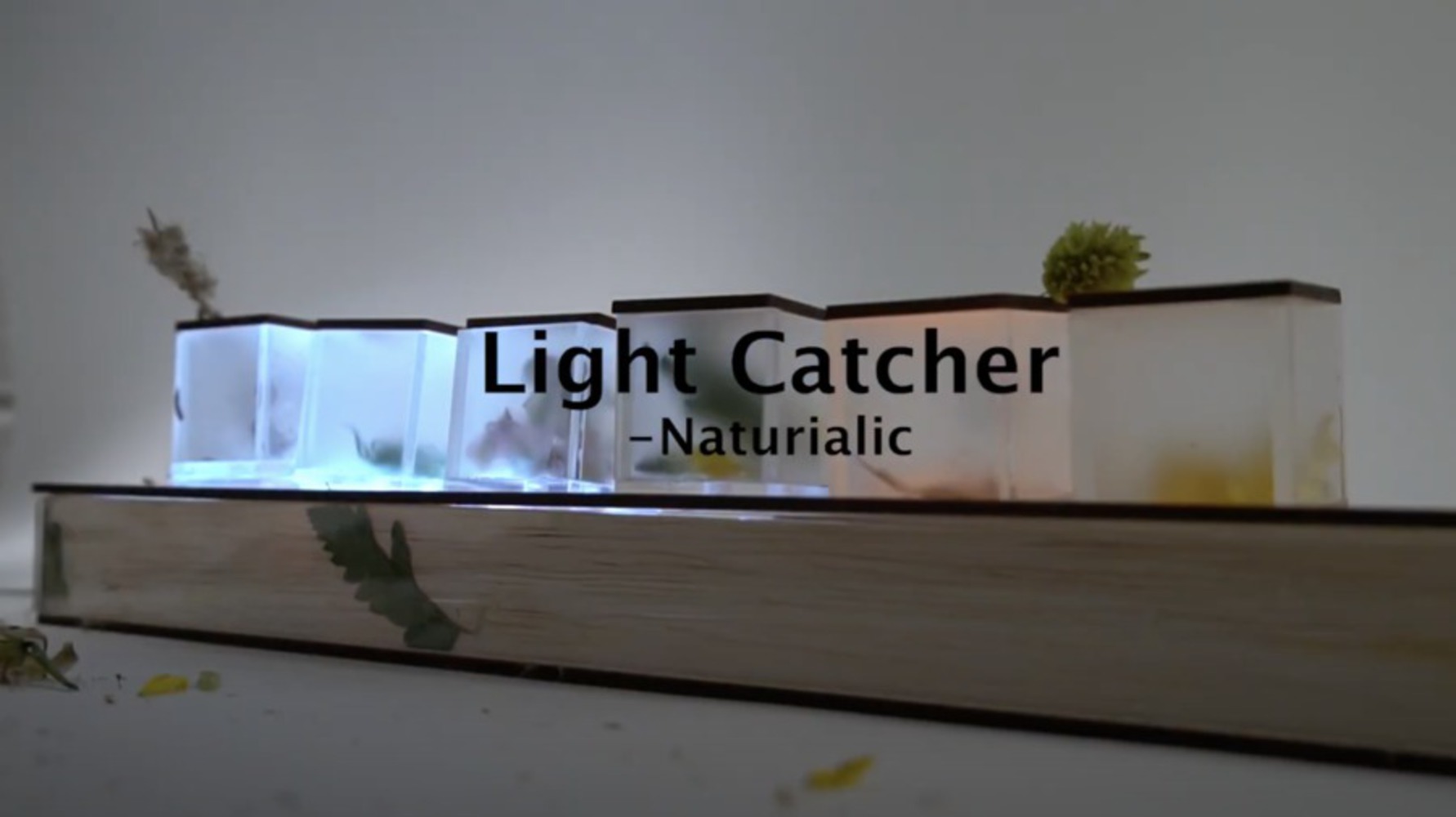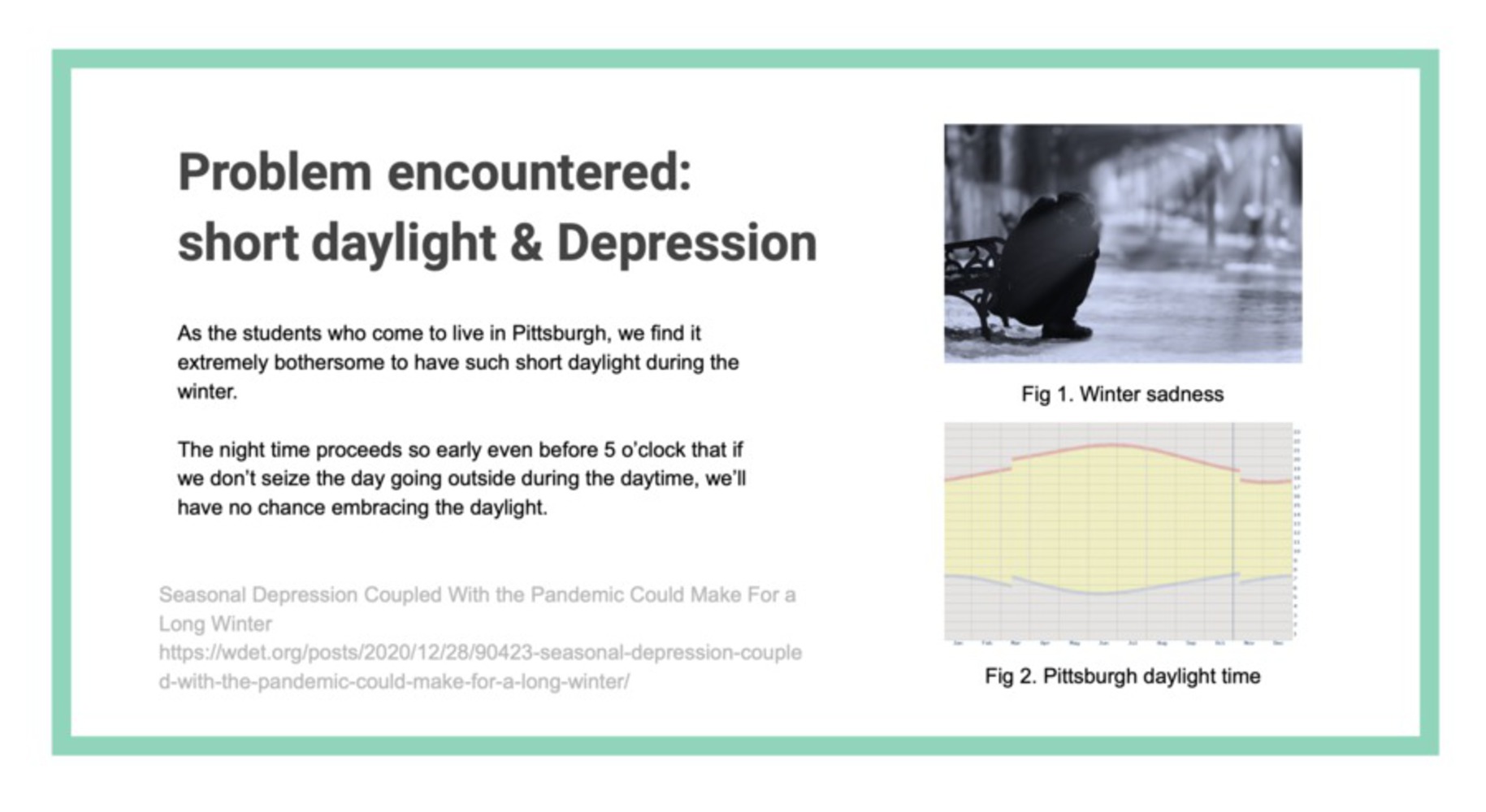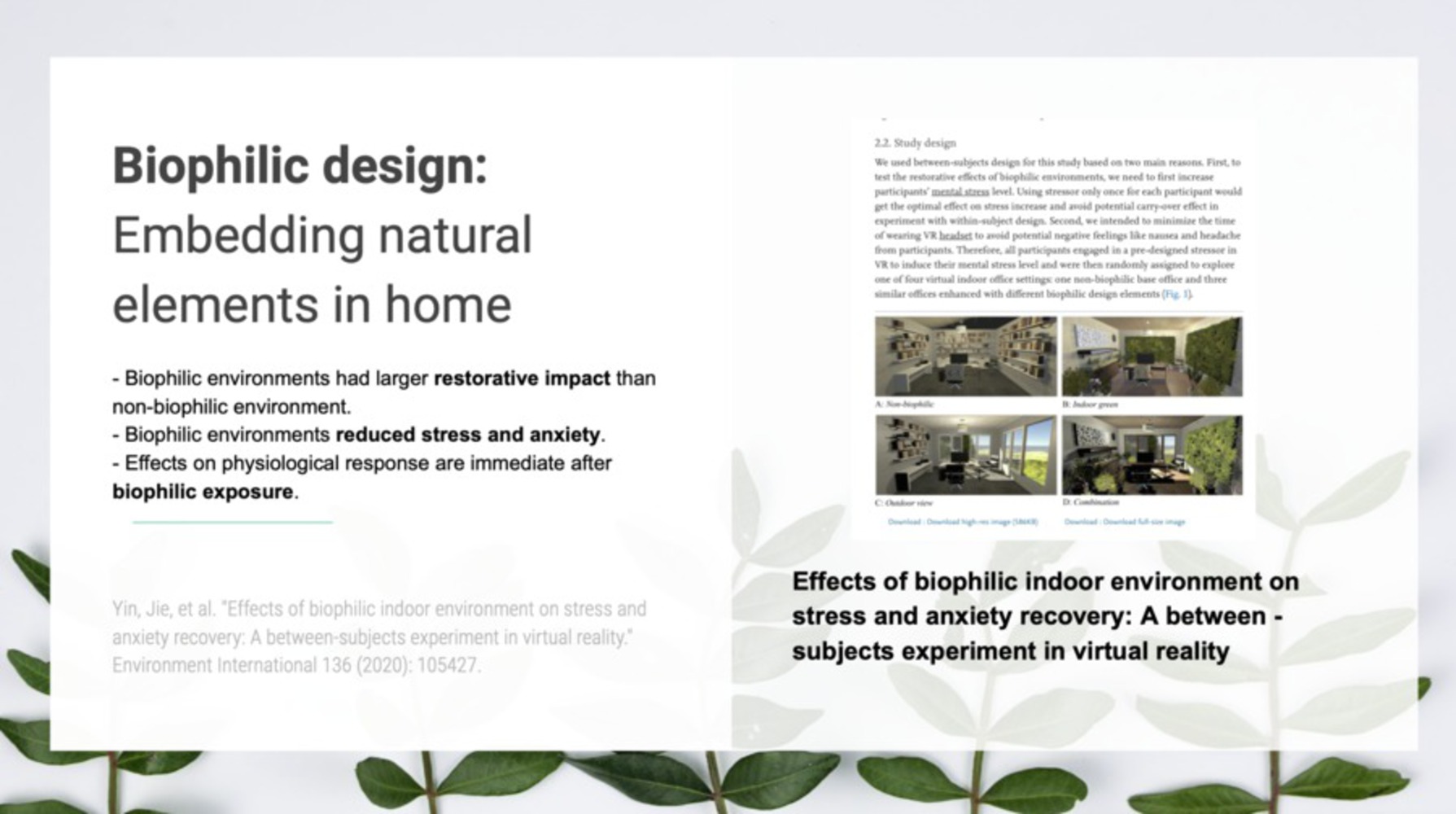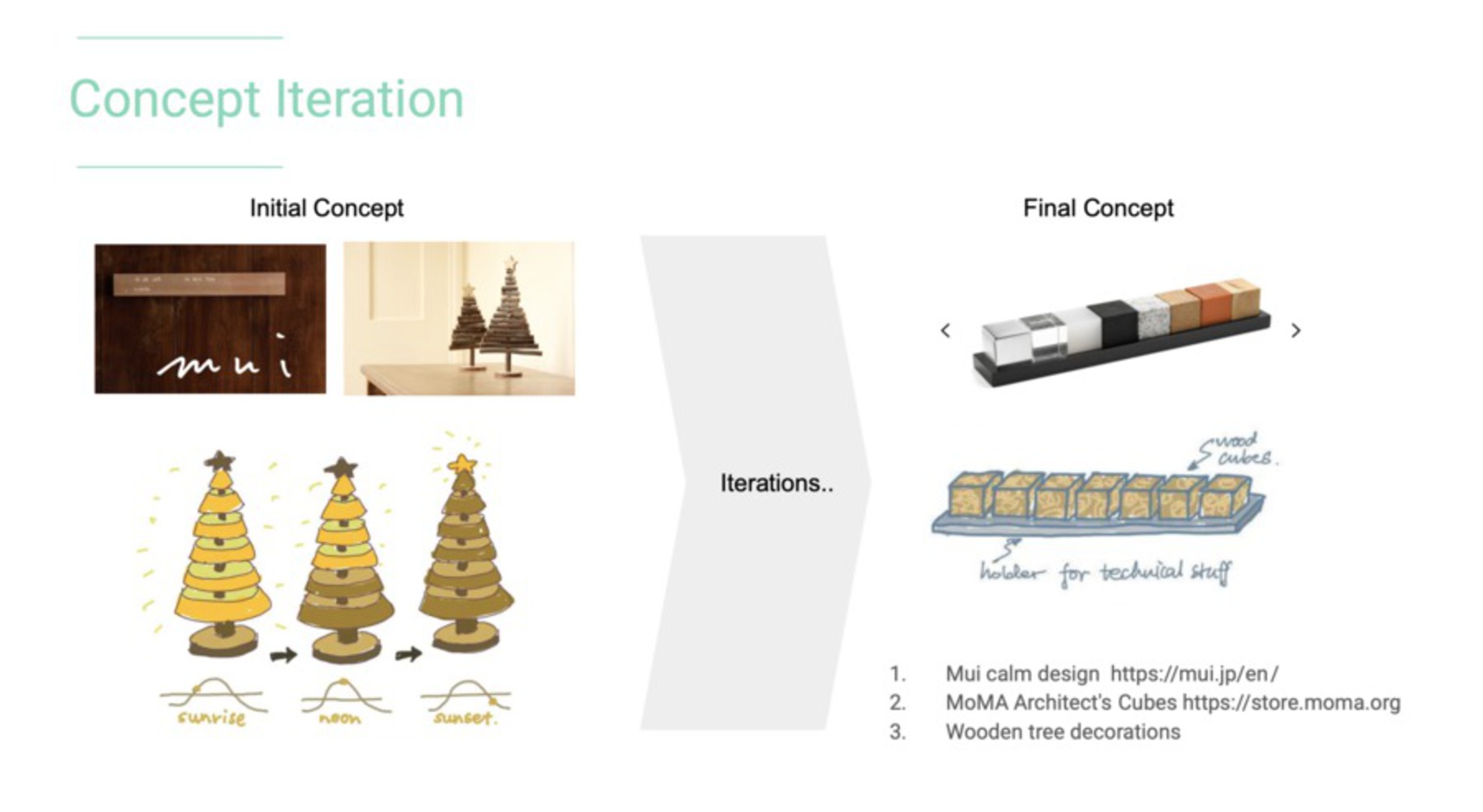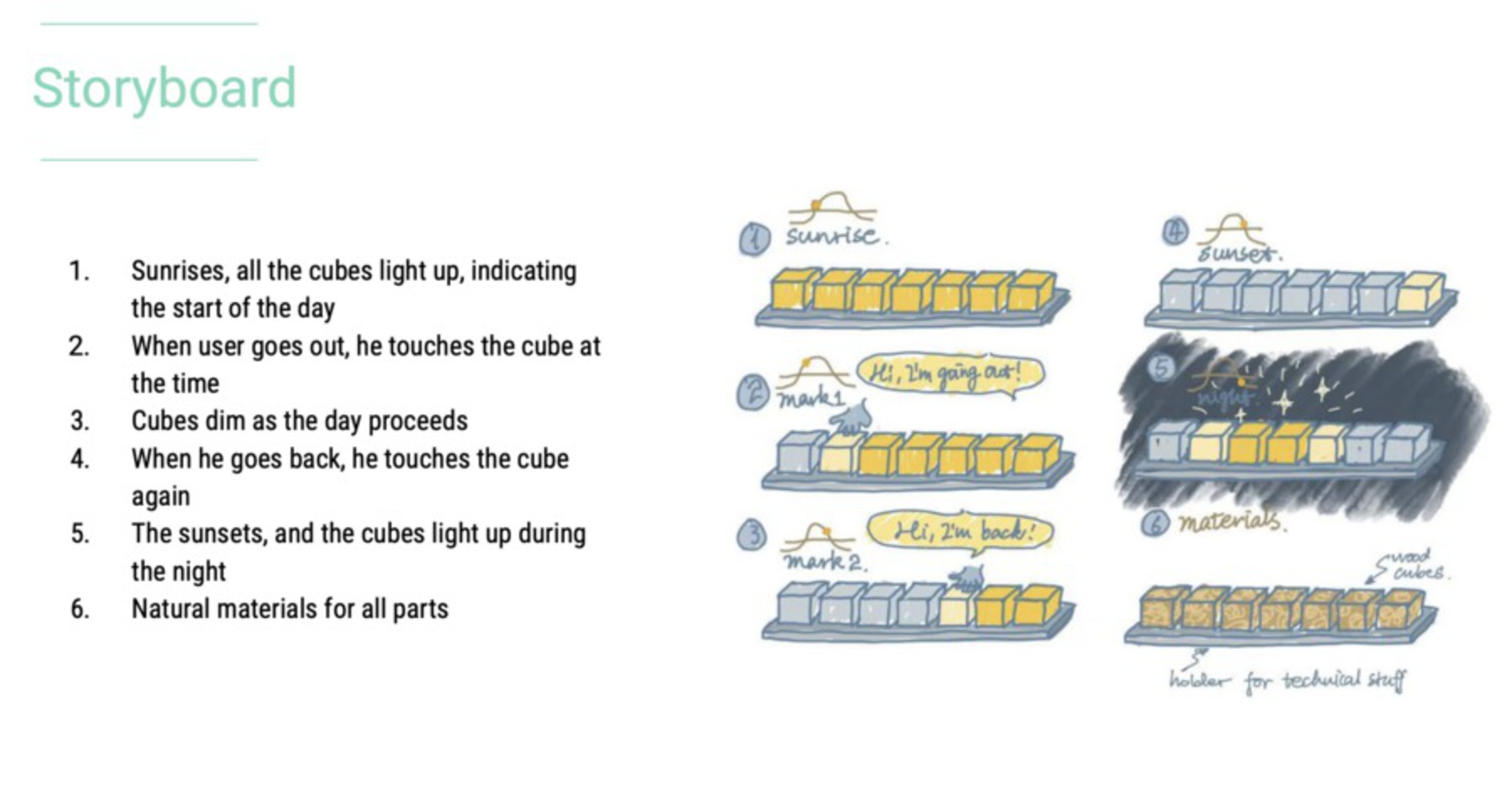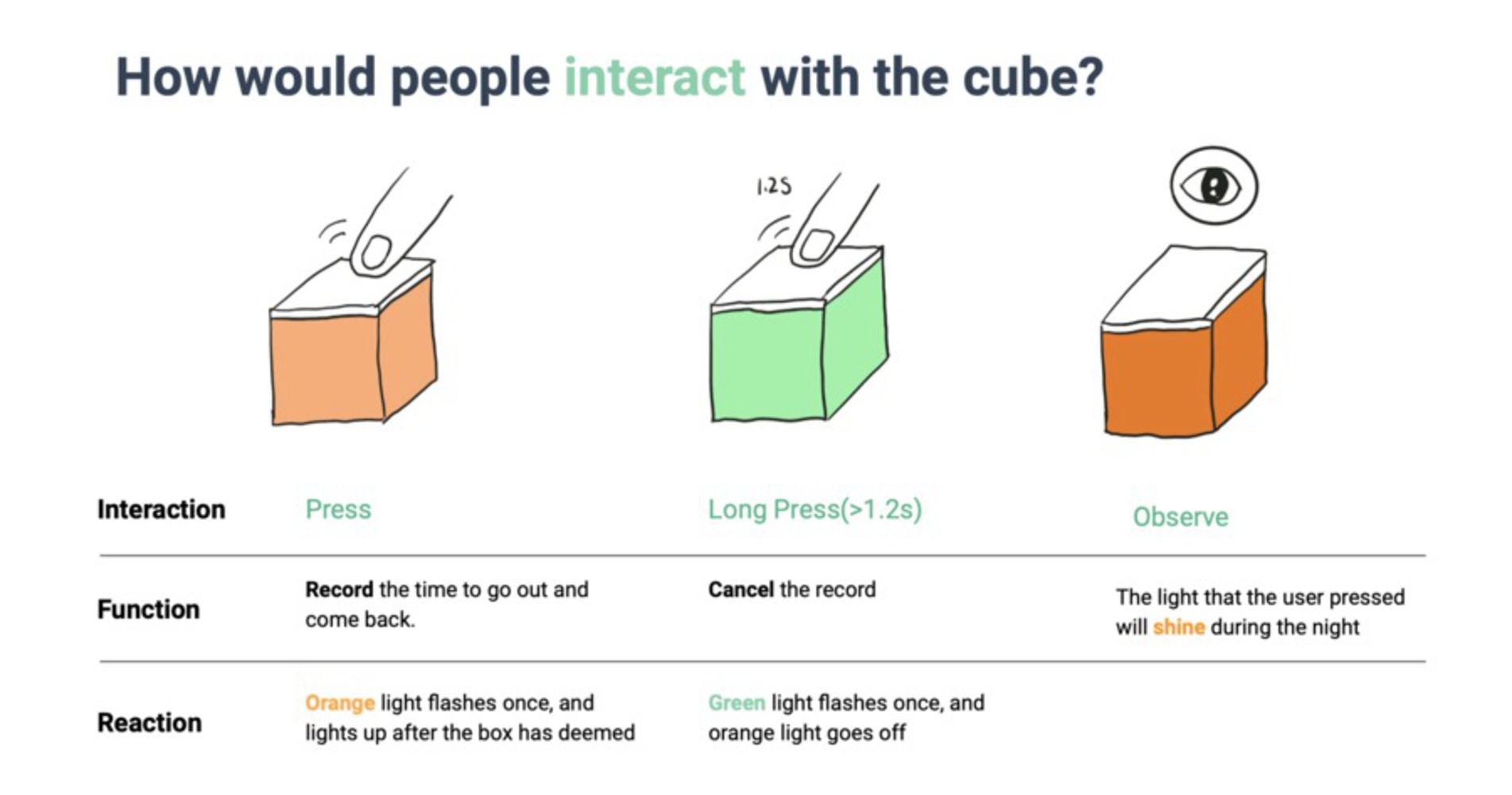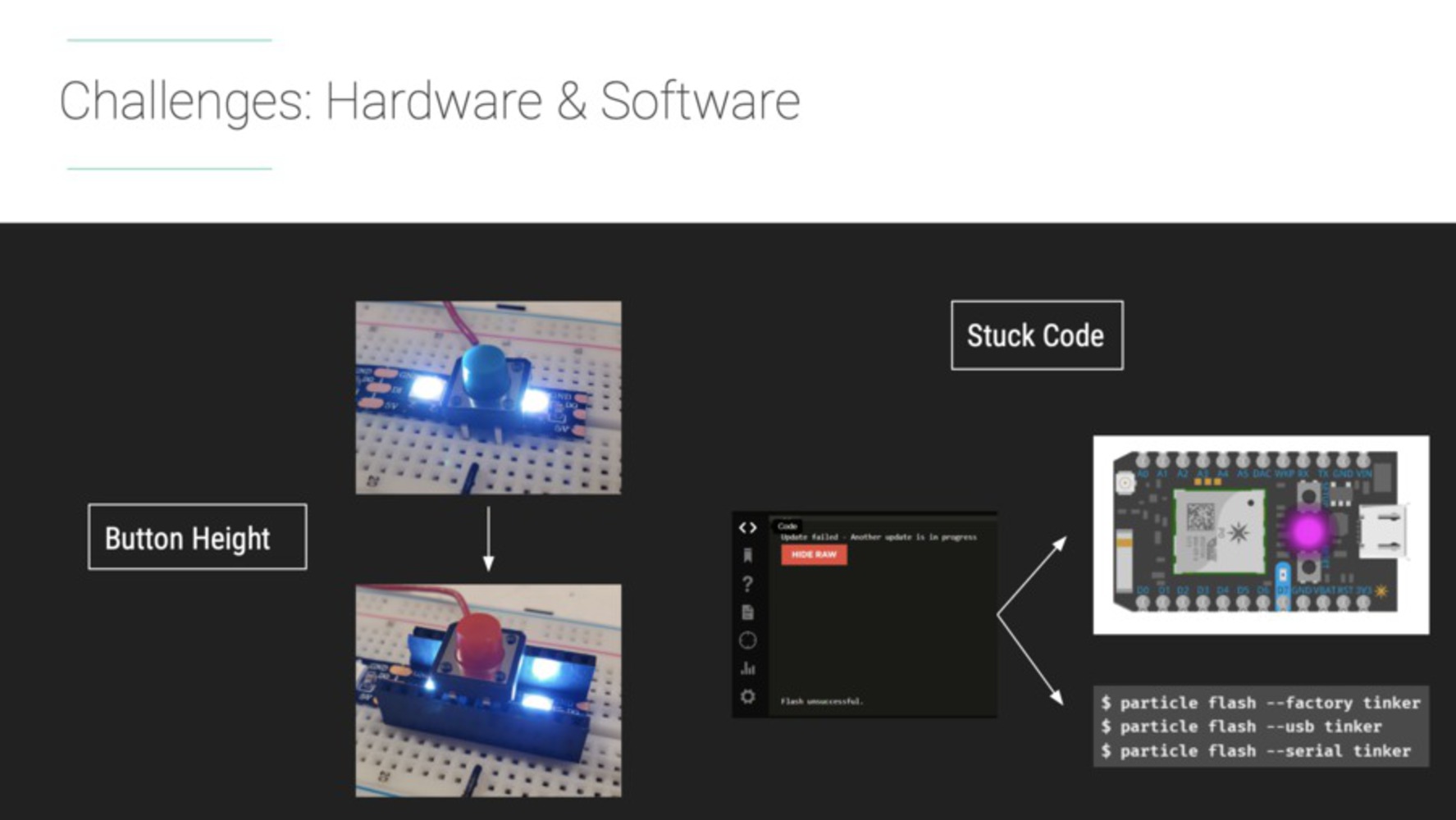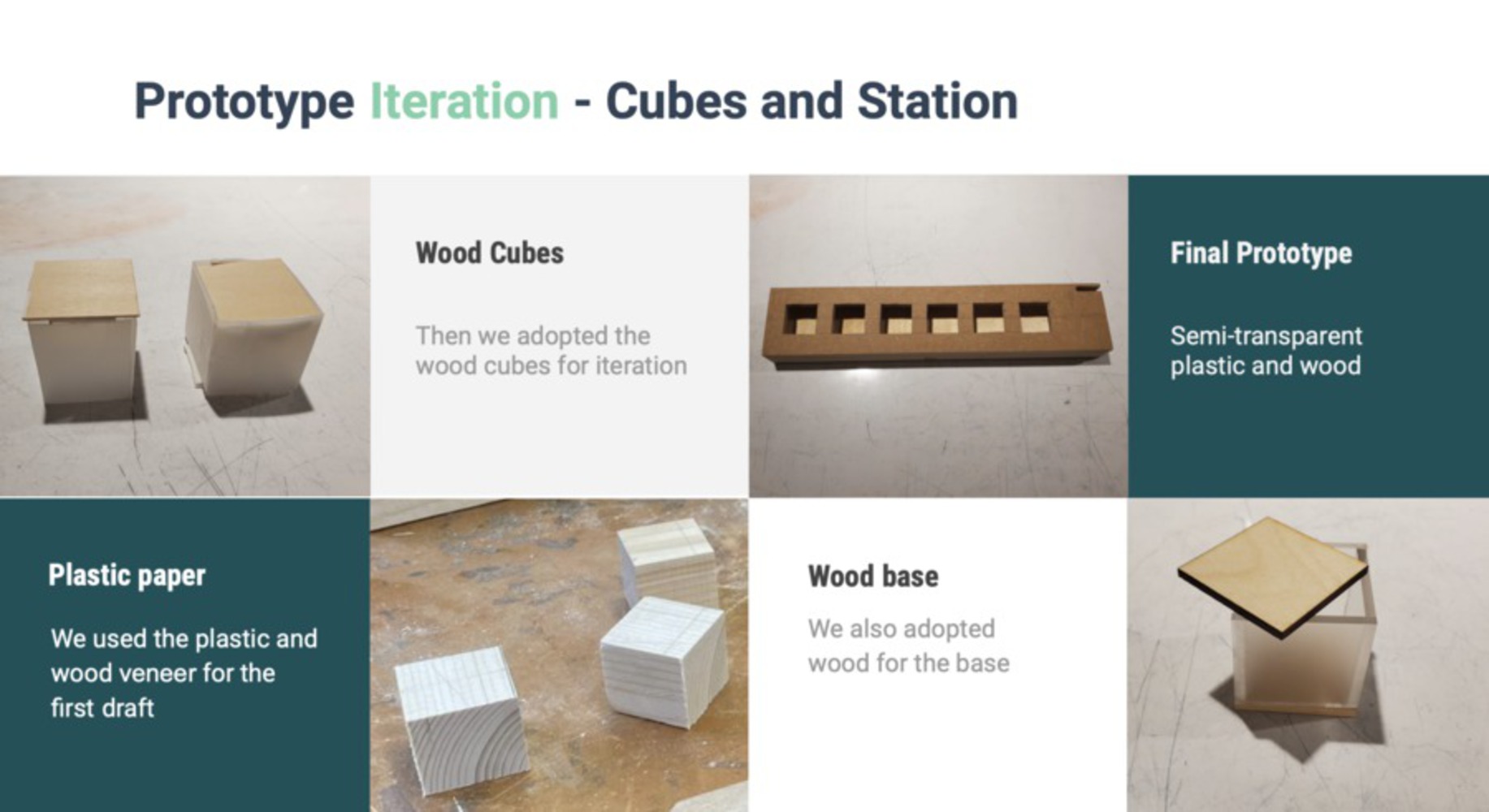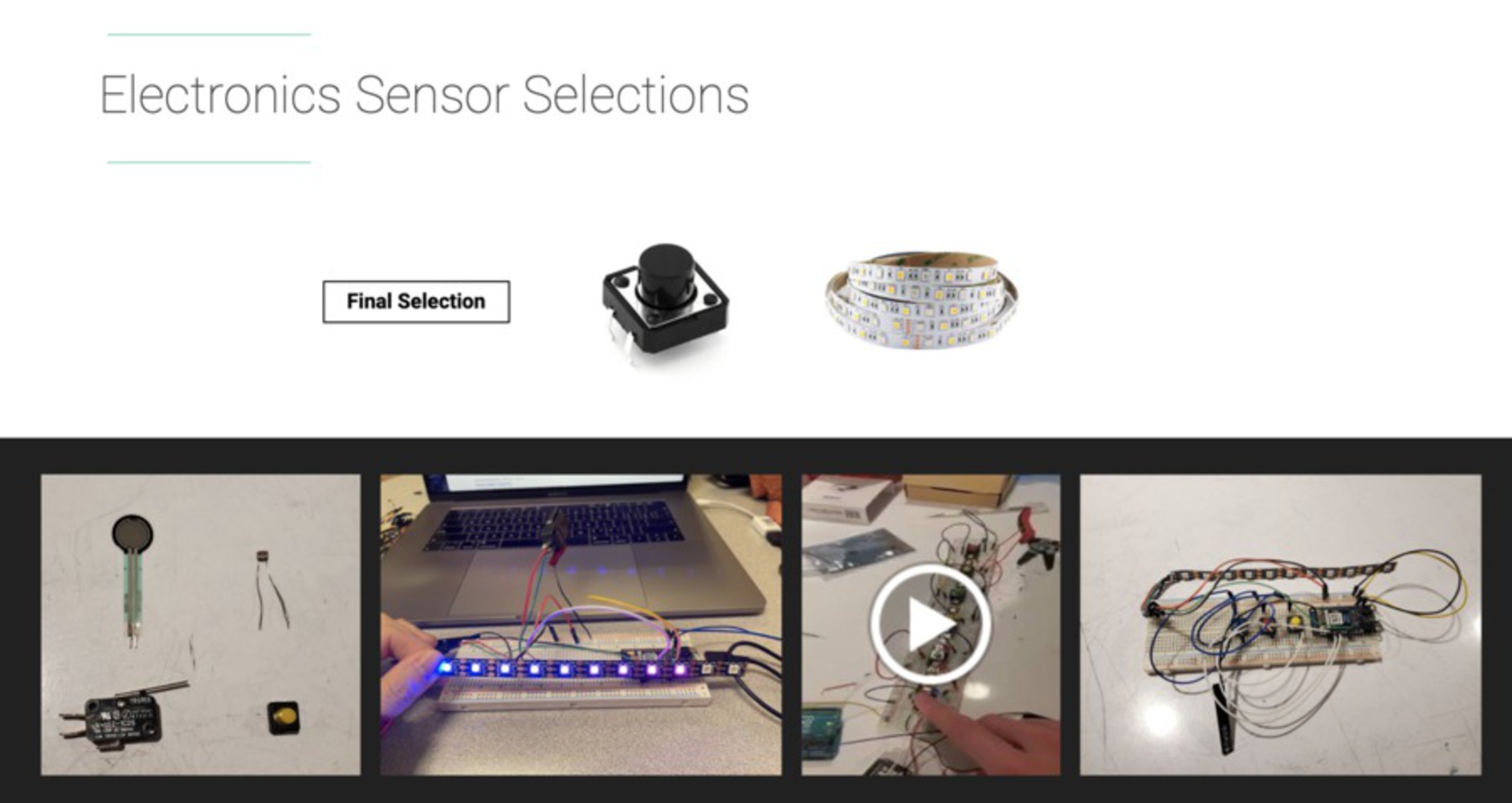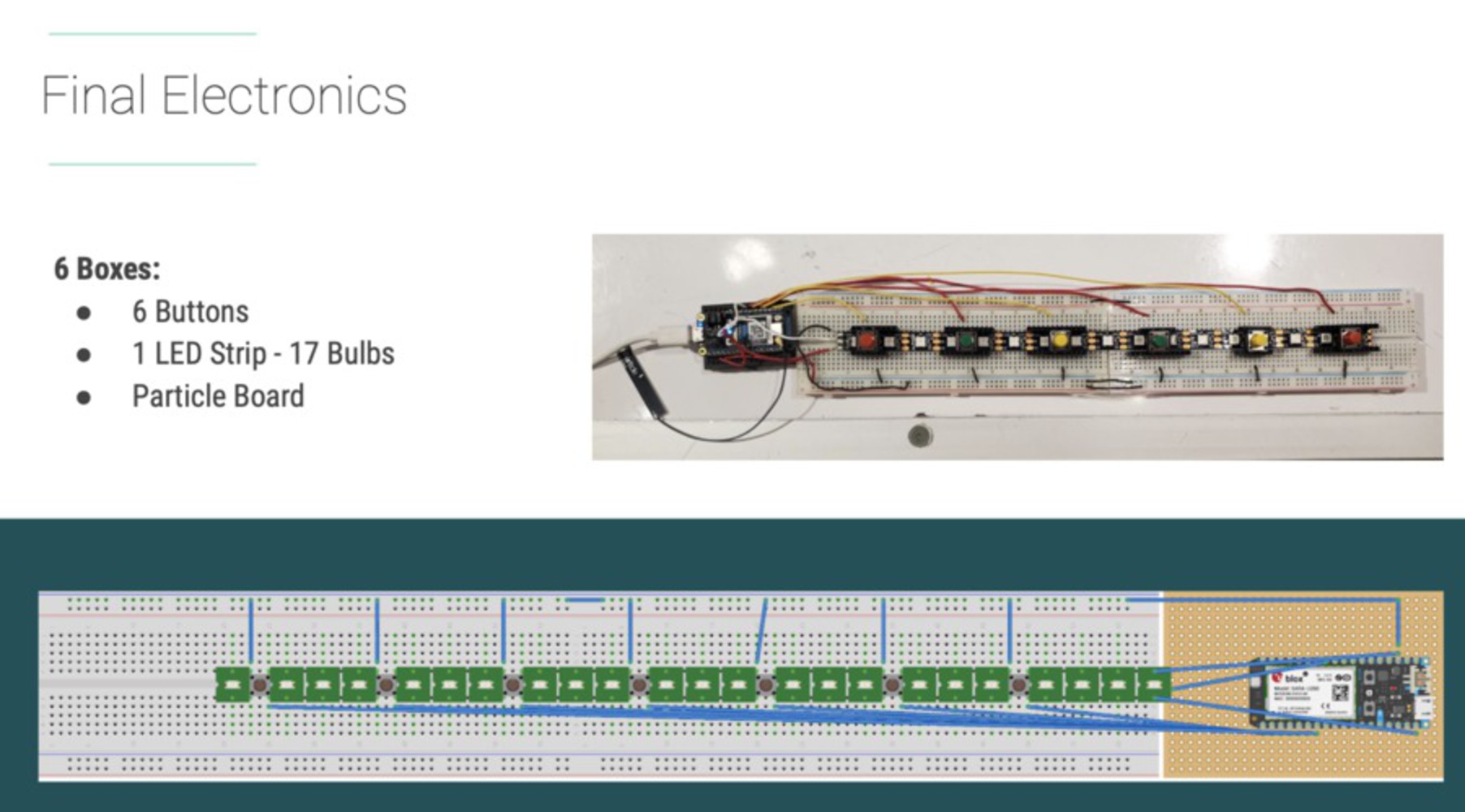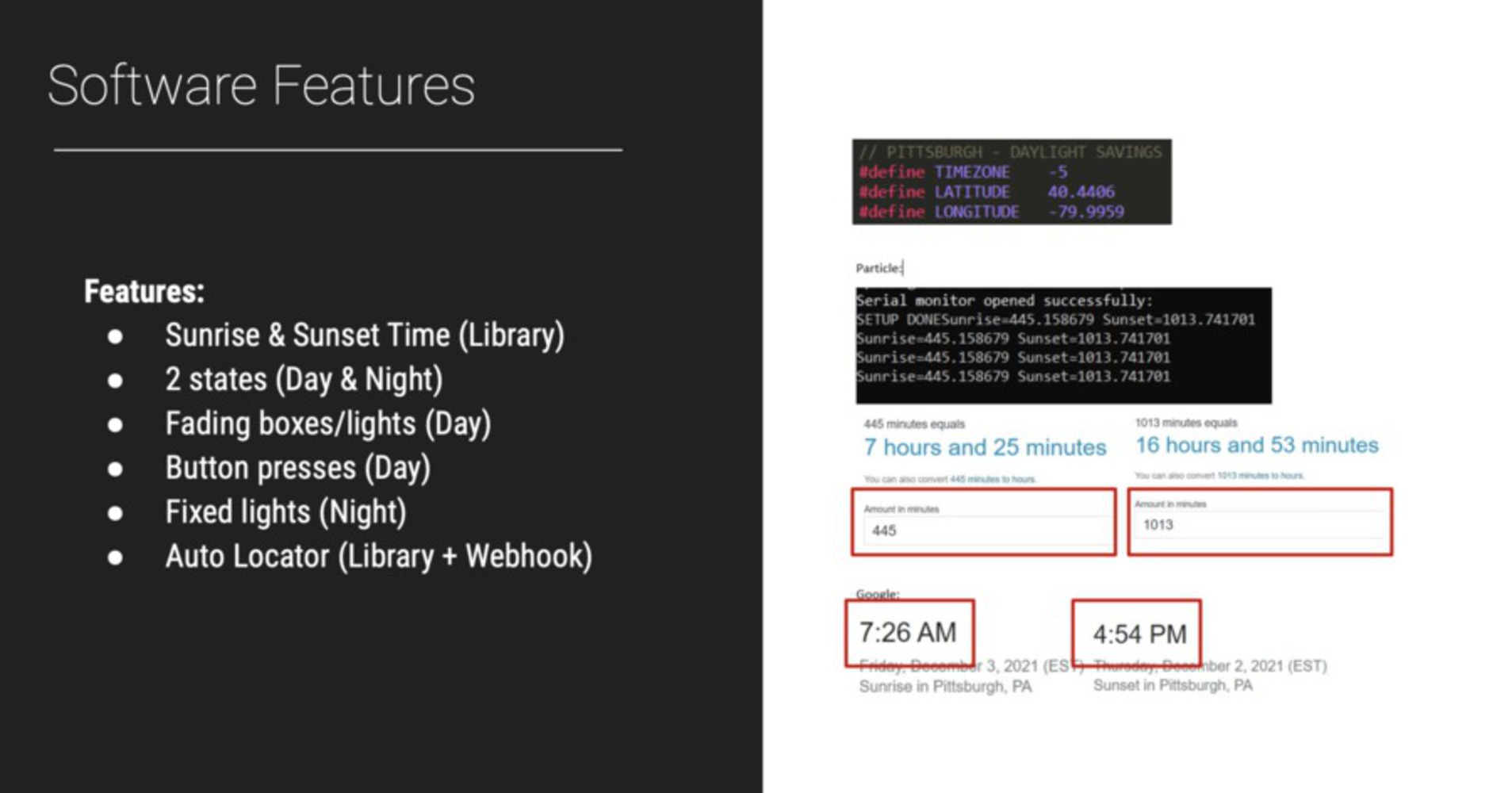Context:
- Concept Reference 1: Mui, natural interface
In this concept, unlike other IoT devices, it adopts the natural materials for the appearance. Mui adopts a wood board for the touch-screen so that people can feel the wood while utilizing this smart panel for tele-communication and knowing the weather, ect.
Official website: https://mui.jp/en/
Medium post: https://medium.com/@muilab/mui-lab-announces-independence-ee19a54ab4e0
- Concept Reference 2: Lane Tech HS Sunset Tracker
This is a product that simulates the sunrise and sunset that uses more specific metaphor-sun to indicate daylight time. It is cute and straightforward.
Link: https://particle.hackster.io/maggari/lane-tech-hs-sunset-tracker-082f4a
- Concept Reference 3: phoneyTV for Spark
This product uses transparent matte material to mix different colors together, which creates fantastic color when projected.
Link https://particle.hackster.io/BulldogLowell/phoneytv-for-spark-e7c5b2
Besides, we also implemented the concept of ambient technology for behavior change. It persuades people to change their behavior by displaying the natural elements like decorations in the box. We looked into the Breakaway example (1) for similar design for behavior change like Roger et al’s Ambient Influence (2) example, and also the calm technology principles in Case’s book for our product (3).
Reference:
- Jafarinaimi, Nassim, et al. "Breakaway: an ambient display designed to change human behavior." CHI'05 extended abstracts on Human factors in computing systems. 2005.
- Rogers, Yvonne, et al. "Ambient influence: Can twinkly lights lure and abstract representations trigger behavioral change?." Proceedings of the 12th ACM international conference on Ubiquitous computing. 2010.
- Case, Amber. Calm technology: principles and patterns for non-intrusive design. " O'Reilly Media, Inc.", 2015.
